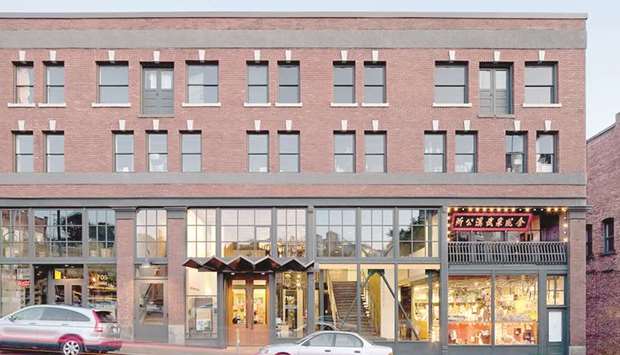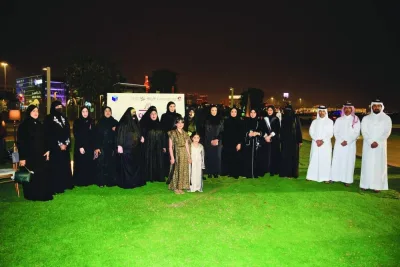He’d just eaten at Lee’s favourite table at Tai Tung Chinese Restaurant in Seattle’s Chinatown International District (Lee, who is buried in Seattle, lived in town as a young man and attended the University of Washington). Bell was born in 1973 a few months before Lee died while making a movie in Hong Kong. As a child, Bell was drawn to the heroes and comedians he saw on TV. He was an only child, an awkward kid (a bookish nerd who spent part of each year in Alabama with his dad and part in the North or West with his mom) who saw in comedy and martial arts two ways of defending himself.
“If I could have applied for a job as a superhero, I would have,” he said. But that wasn’t an option, so the ability to make people laugh became his super power. “Humour is about self-defence in the same way kung fu is,” Bell said.
Wing Luke, for whom the museum is named, deflected bullies by drawing funny comics that shifted their attention.
Bell has a show on CNN, United Shades of America. It’s a documentary series in which he travels the country spending time with a broad spectrum of people across race, religion, ethnicity, class, and region. Humour helped him when he met with KKK members and got them laughing to break the tension.
The shows aren’t always funny, sometimes sadness or anger is more prominent. He tries to educate and entertain in his own version of social and political comedy.
Bell says he is a synthesis of his two very different parents. Bell’s mother was active and vocal in her response to racism and other social ills, while his father worked around barriers to become a success in the business world. Bell’s work is steeped in the social issues that animated his mother, and like his father, he toils and finds a way to make the system work for him.
Lee’s philosophy added to the mix. One of the things he learned from Lee’s writings and career is that each person needs to figure out, “What can I do with what I have?” Bell said. Lee wasn’t getting to do what he wanted to do in Hollywood, so he went to Hong Kong and made movies. His use of martial arts drew attention, but the movies were about more than that.
As a kid, Bell took up kung fu and taekwondo, but he came to realise there was more to Lee’s movies than fighting. In Fist of Fury, Lee takes on a big group of Japanese fighters and defeats them all, proclaiming the worth of Chinese people. For Bell, as a young black man, seeing a hero fighting for his people resonated.
Lee was usually a reluctant fighter in his movies, and in the end, winning the fight never resulted in happiness, and he never got the girl. The message was always that fighting might solve an immediate problem, but it doesn’t resolve the larger issue.
Bell eventually stopped practising martial arts and moved to the Bay Area to pursue a career in stand-up comedy, but he never let go of his appreciation for Lee’s philosophy.
“The more he is presented as a thinker,” Bell said, “the more his legacy will persist.”
Someone at the Wing Luke gave Bell a bottle of Bruce Tea, which happened to have Bell’s favourite Lee quotation on it: “Adapt what is useful, reject what is useless, add what is essentially your own.”
Bell said he’s applied that wisdom to his career: “Judge what everybody else is doing, pick out the parts you want, but then do you.”
Bell also learned to see Lee as more than an icon on the screen or a philosopher, but a real person rooted in community. That light went on when he attended an event many years ago in San Francisco’s Chinatown and overheard conversations of people who knew Lee as a friend or neighbour.
Bell had a similar feeling the first time he visited the Wing Luke on a previous visit to Seattle. “His story is a part of the larger Chinese immigrant story, and you can see that in the museum,” Bell said. “We all need to know each other’s stories in this country,” he added.
His work reminds us of that at a time the country greatly needs the advice. – The Seattle Times/TNS
MUSEUM: Wing Luke Museum of the Asian Pacific American Experience. The history museum has asked Bell to record a welcome video for the Bruce Lee Part 4 exhibit.



